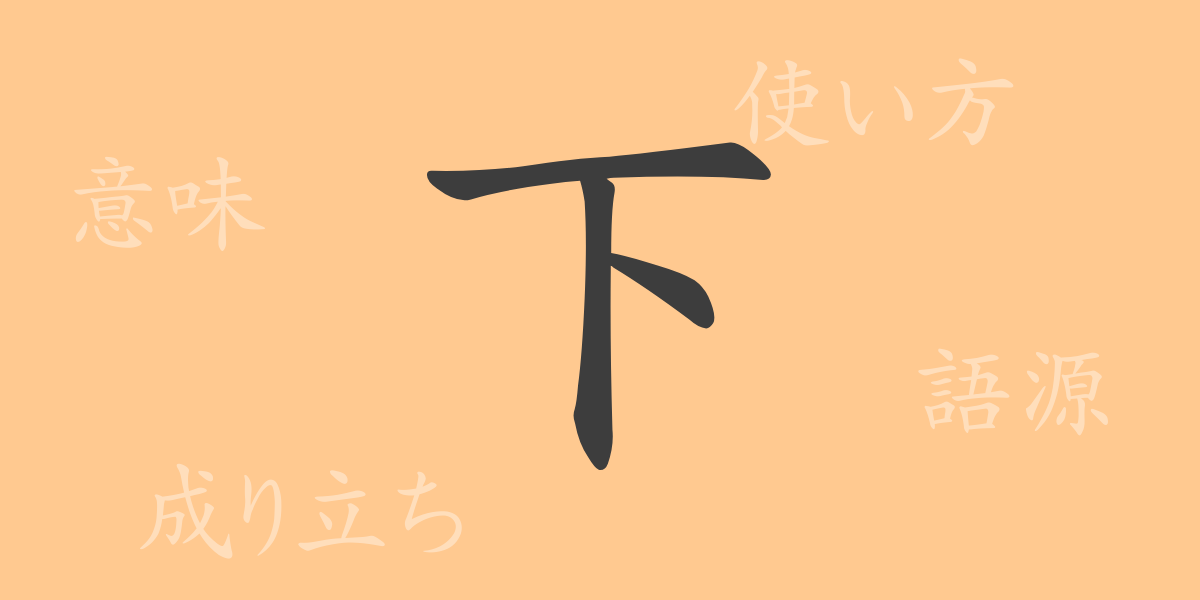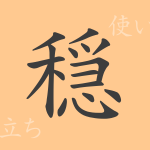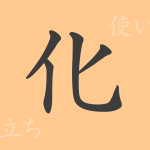“
The kanji that make up the Japanese language have a deep history engraved in their form and meaning. The common kanji “”下”” (Shita), frequently seen and used in daily life, is no exception. In this article, we will explore the rich etymology, meaning, and usage of the character “”下”” (Shita) and provide a detailed explanation of its reading, stroke count, and radical. We will also touch upon the depth and cultural background of the Japanese language through the idioms, phrases, and proverbs that use “”下”” (Shita).
The Origin (Etymology) of 下 (Shita)
The kanji “”下”” (Shita) originates from ancient Chinese pictographs. Originally, it was a graphical representation showing the movement from a high position to a low position. As time progressed, this concept came to have meanings such as “”downward”” and “”lower rank”” and began to be used in various contexts. In this way, “”下”” (Shita) became established in the Japanese language as a fundamental kanji indicating vertical relationships.
The Meaning and Usage of 下 (Shita)
The kanji “”下”” (Shita) is used in a wide range of meanings, including hierarchical relationships, sequences, and declining states, in addition to indicating physical positional relationships. For example, expressions such as “”下がる”” (Sa-garu, to go down), “”下る”” (Kuda-ru, to descend), and “”目下”” (Mokka, at present) indicate a descent in position or state. Also, uses such as “”下さい”” (Kuda-sai, please) and “”下の名前”” (Shita- no- namae, given name) function as expressions of respect or familiarity.
Reading, Stroke Count, and Radical of 下 (Shita)
The kanji “”下”” (Shita) is one of the easiest characters for beginners to remember due to its simple shape.
- Reading: The on’yomi reading is “”カ”” (Ka), and the kun’yomi readings include “”した”” (Shita), “”しも”” (Shimo), “”もと”” (Moto), “”さ(げる)”” (Sa(geru)), “”くだ(る)”” (Kuda(ru)), and “”お(ろす)”” (O(rosu)).
- Stroke Count: A total of 3 strokes
- Radical: 一 (Ichi)
Idioms, Phrases, and Proverbs Using 下 (Shita) and Their Meanings
There are numerous idioms, phrases, and proverbs containing “”下”” (Shita), each telling the richness of Japanese expressions. For example, “”下駄を預ける”” (Geta- wo -azu-keru) means to entrust everything to someone else, and “”下手な鉄砲も数(Suu)打ちゃ当たる”” (Heta- na- teppō -mo- kazu u-chya a-taru) means that even with poor skills, success can be achieved through effort. These expressions are passed down as guidelines for Japanese thought and behavior.
Summary of 下 (Shita)
The kanji “”下”” (Shita), despite its simple shape, meaning, and usage, plays an important role in the Japanese language. Used widely from daily conversations to specialized contexts, “”下”” (Shita) is a fascinating character that evokes the culture and history behind the language. Through this exploration, we hope that readers will gain a deeper understanding of the kanji “”下”” (Shita) and use it with affection.
“

























